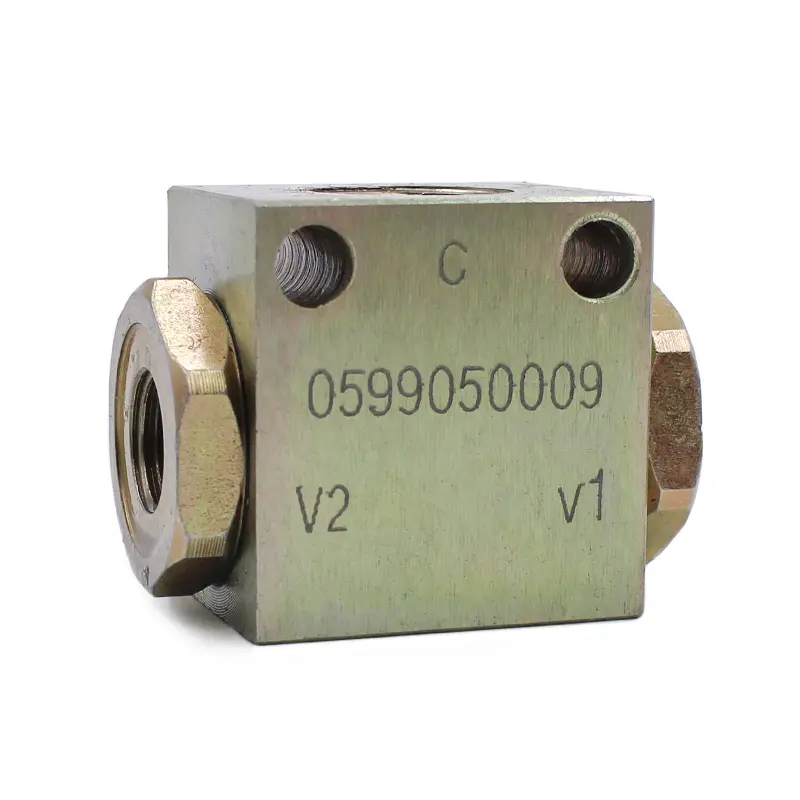
Is a Shuttle Valve the Same as a Selector Valve?
2024-10-08When it comes to hydraulic systems, understanding the components involved is crucial for effective operation and maintenance. Among these components, shuttle valves and selector valves are often discussed. While they may seem similar at first glance, they serve different purposes and operate in distinct ways. In this blog, we will explore the differences between shuttle valves and selector valves, their applications, and their significance in hydraulic systems.
What is a Shuttle Valve?
A shuttle valve is a type of hydraulic valve that allows fluid to flow from one of two sources to a single output. It operates automatically based on the pressure of the incoming fluid. When fluid is supplied to one of the inlet ports, the shuttle valve shifts to allow flow from that port to the output, effectively blocking the other port. This mechanism ensures that the system can continue to function even if one of the fluid sources fails.
Key Features of Shuttle Valves
1.Automatic Operation: Shuttle valves do not require manual intervention. They automatically switch between fluid sources based on pressure.
2.Single Output: They are designed to direct fluid from one of two sources to a single output, making them ideal for redundancy in hydraulic systems.
3.Compact Design: Shuttle valves are typically compact, allowing for easy integration into various hydraulic circuits.

What is a Selector Valve?
In contrast, a selector valve is a type of valve that allows the operator to manually choose which of multiple fluid sources will supply the output. Unlike the shuttle valve, the selector valve requires human input to change the flow direction.
Key Features of Selector Valves
1.Manual Operation: Selector valves are operated manually, allowing the user to select the desired fluid source.
2.Multiple Outputs: They can direct fluid from a single source to multiple outputs or from multiple sources to a single output, depending on the design.
3.Versatility: Selector valves are often used in applications where the operator needs control over the fluid flow, such as in machinery with multiple hydraulic functions.
Differences Between Shuttle Valves and Selector Valves
Functionality
The primary difference between shuttle valves and selector valves lies in their functionality. Shuttle valves automatically switch between fluid sources based on pressure, providing a fail-safe mechanism. In contrast, selector valves require manual operation, giving the user control over which fluid source is utilized.
Applications
Shuttle valves are commonly used in systems where redundancy is essential, such as in hydraulic circuits for aircraft or heavy machinery. Selector valves, on the other hand, are often found in applications requiring operator control, such as in construction equipment or industrial machines with multiple hydraulic functions.
Complexity
Shuttle valves tend to be simpler in design and operation, while selector valves can be more complex due to their requirement for manual selection and the potential for multiple outputs.
Conclusion
In summary, while shuttle valves and selector valves may appear similar, they serve distinct purposes in hydraulic systems. Shuttle valves provide automatic switching between fluid sources for redundancy, while selector valves offer manual control over fluid flow. Understanding these differences is essential for selecting the appropriate valve for specific hydraulic applications, ensuring efficiency and reliability in system performance. Whether you are designing a new hydraulic circuit or maintaining an existing one, knowing when to use each type of valve can make a significant difference in operational effectiveness.




